AMP-archy in the UK: Sustainability is the key to securing AMP8 funding

Unless you work in the water industry in the UK, you probably know nothing about AMP funding cycles. Here's how it works, in a nutshell: Every five years, the UK government opens its purse strings and decides how much money it will pledge to the water industry. It's a long and complicated process, but the current AMP8 cycle has been moving along since earlier this year. As part of this process, the governing body Ofwat recently decided how much it will spend - a record shattering £88 Billion. The next six months will essentially be negotiations to ensure that what the water companies propose to spend their money on lines up with Ofwat's stated environmental goals.
What are these goals? What should this money be spent on? We're so glad you asked because we just published AMP8's unprecedented opportunities: An important inflection point for the UK water industry.
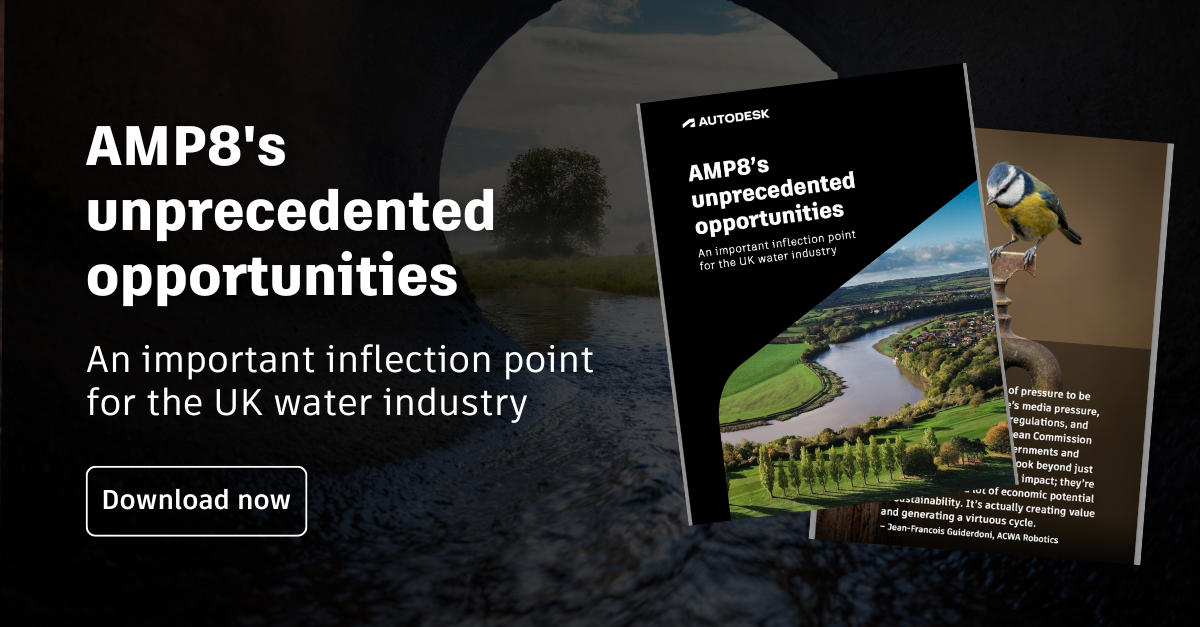
If you work in the water industry, we hope you'll read our POV on CSOs and SuDS and BNG (Biodiversity Net Gain) and Net Zero and see if it lines up with your thinking. If you don't recognize these acronyms, this report can inform you about them and how drainage designers and hydraulic modelers can move the industry forward through:
- Digitalisation and data
- By using hydraulic modeling to eliminate CSOs
- By implementing lots more SuDS instead of concrete to achieve BNG.
Our biggest takeaway from researching and writing this paper: We firmly believe that the future will be SuDS-y! We hope you enjoy reading it as much as we enjoyed writing it and making infographics to illustrate our points. 👇
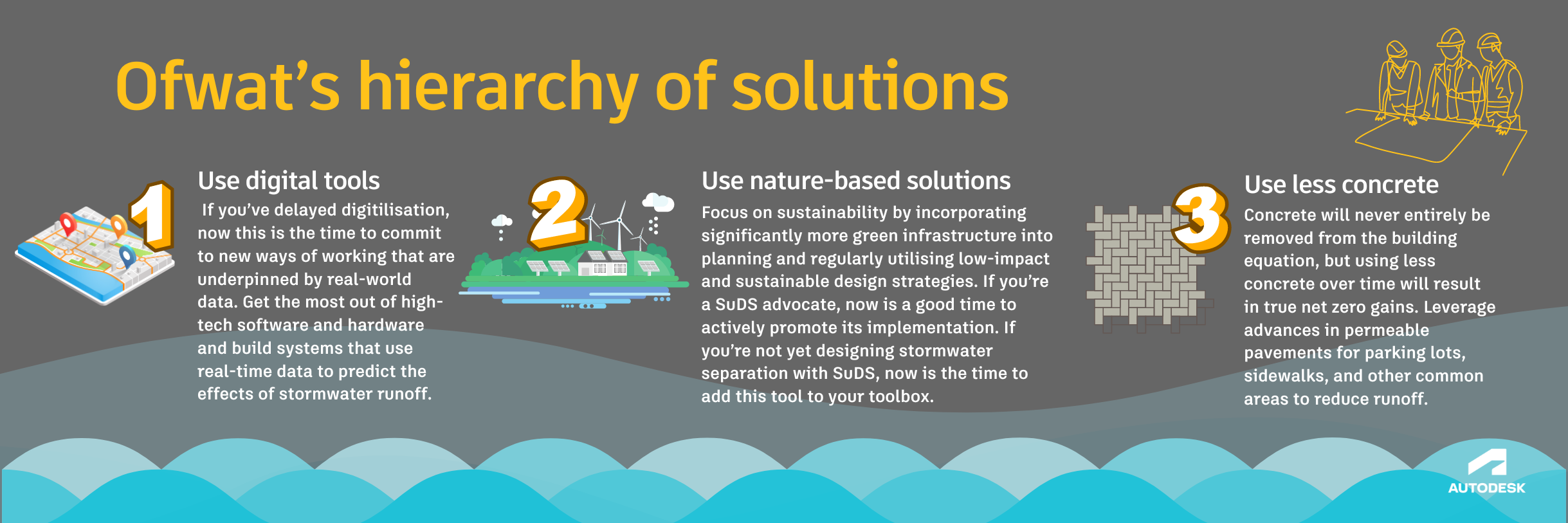
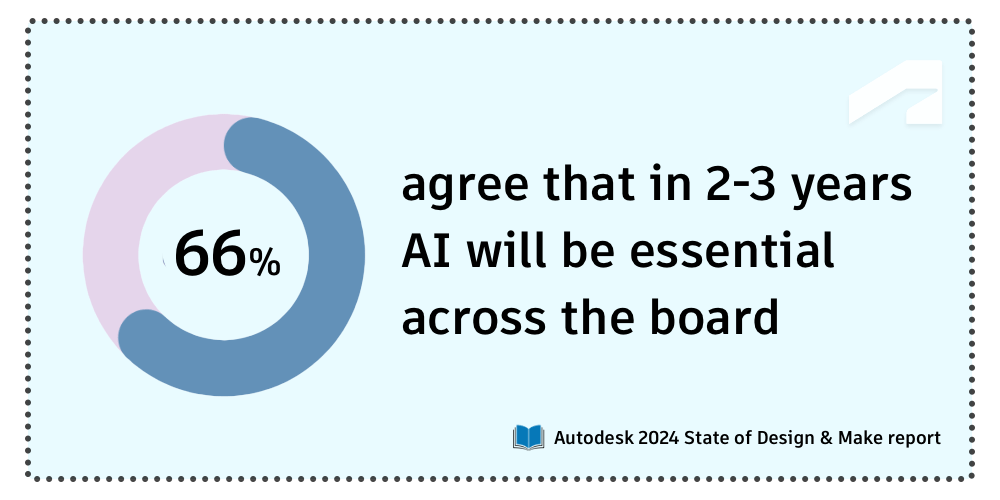
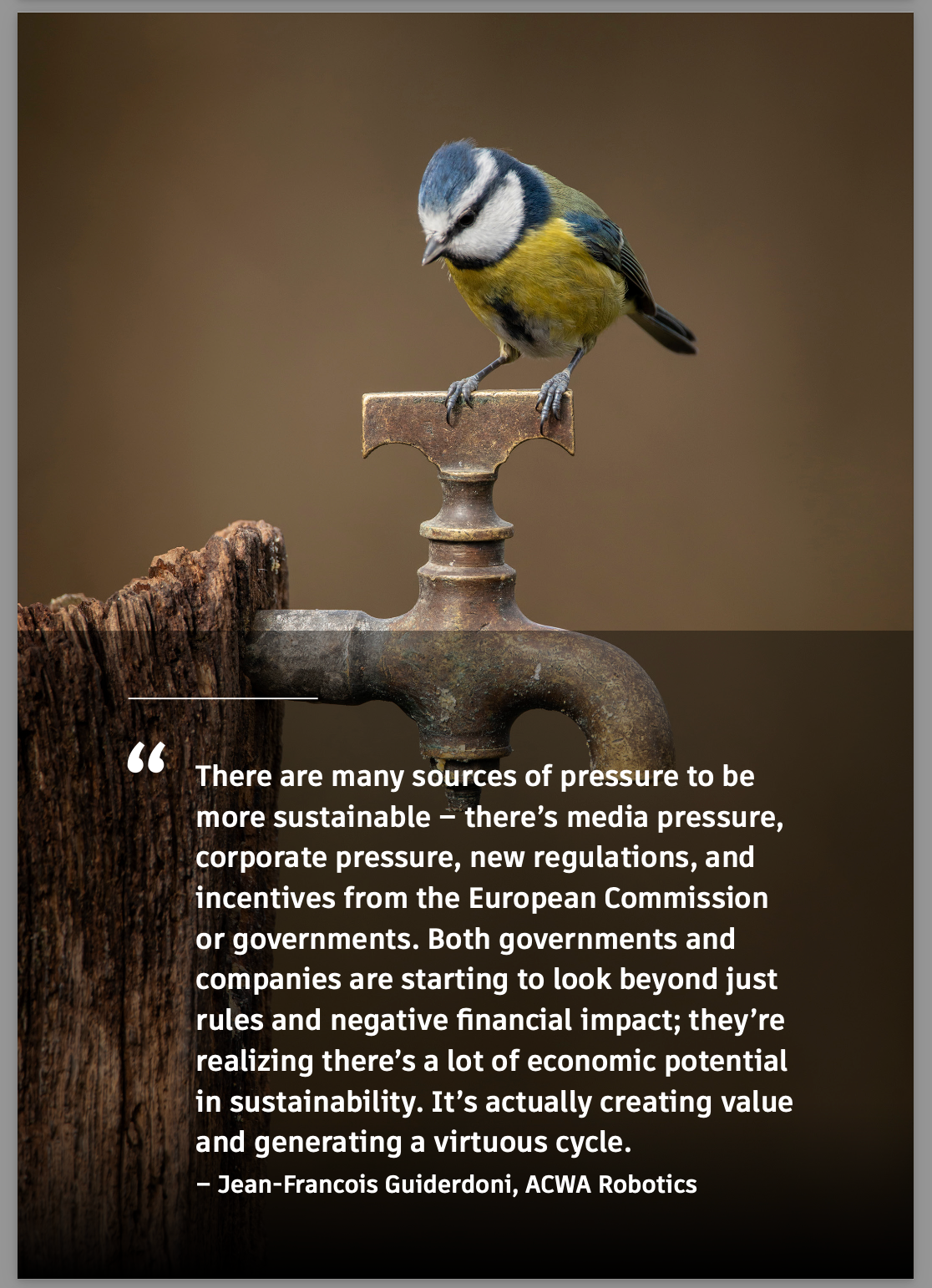
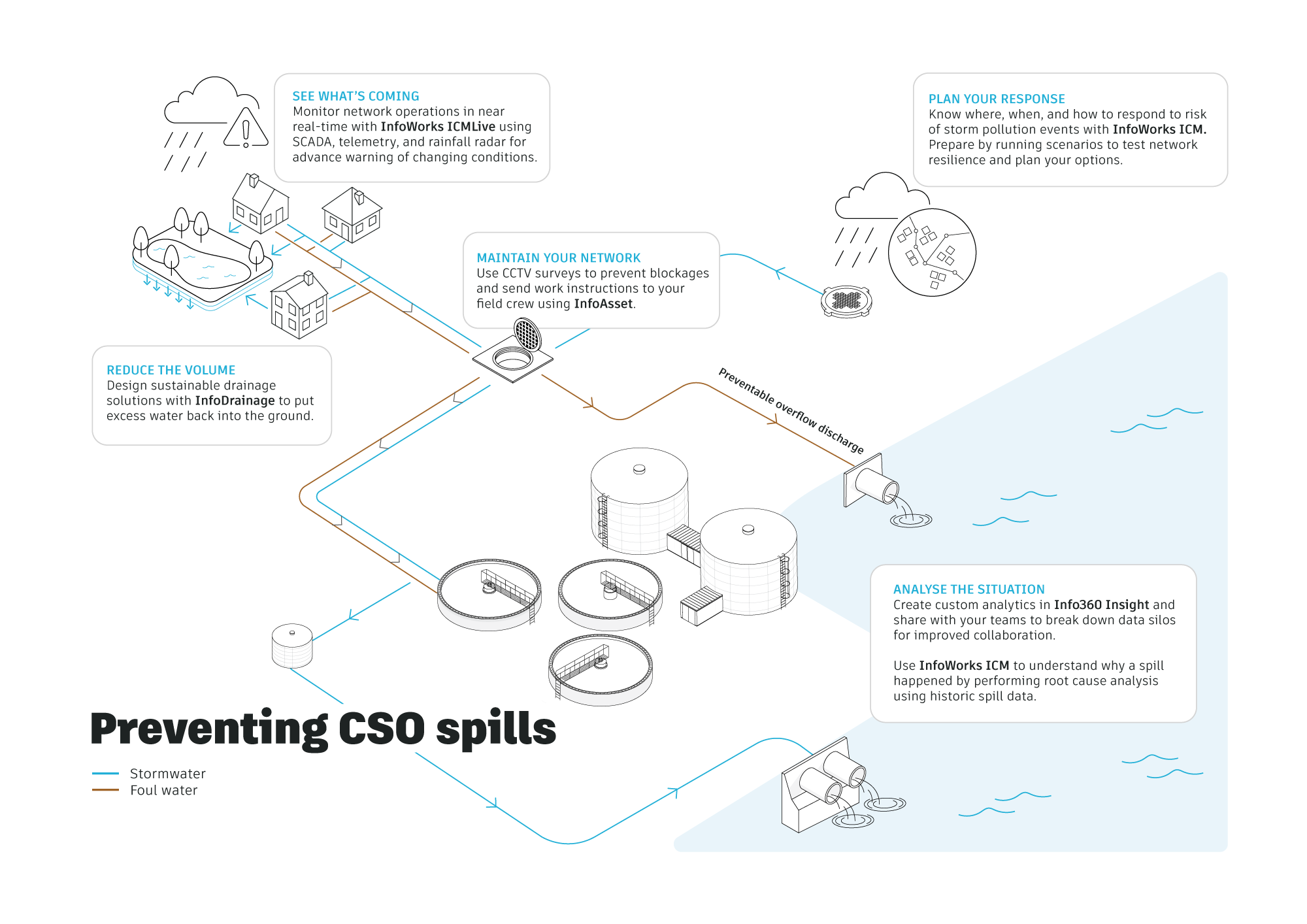

Our new white paper has infographics, sustainability stats, and pretty pullquote pictures.
Let a hundred solar fields bloom
Did the sewage issues in the UK affect the outcome of the most recent election? While people outside of the UK may not have heard much about the UK's ongoing sewage debacles, the issue has been boiling for the last few years and it reached a fever pitch right before the elections, dominating the news. The public was very vocal about the need to clean up the country's polluted rivers but also for speeding up the transition to green energy, in particular for moving forward with more solar farms.
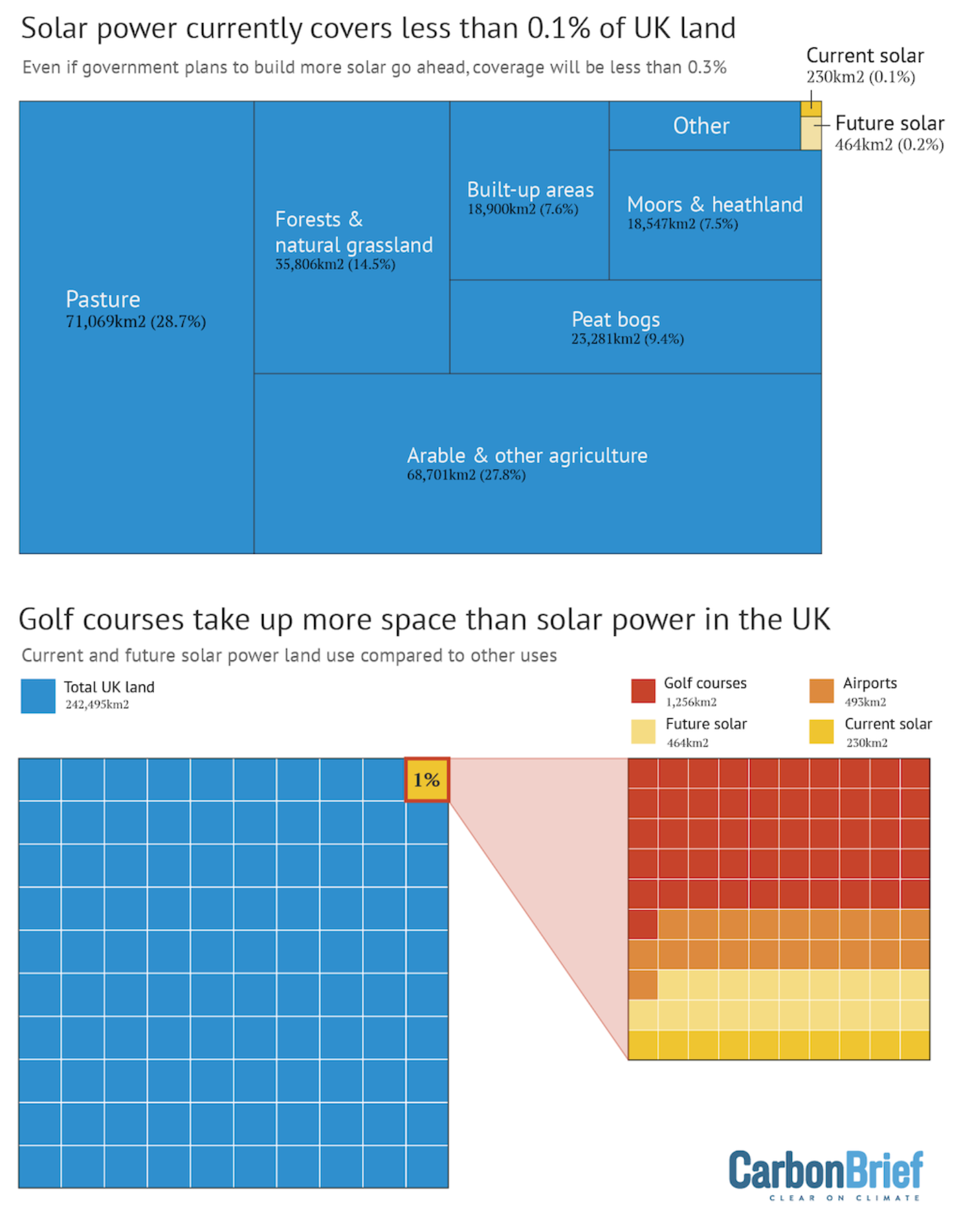
We wrote about drainage design for solar farms in the UK a few issues back, and it's astonishing how quickly the outlook for solar has changed because of the recent elections.
To wit: Newly approved solar farms will be UK’s biggest, crushing Nimby opposition. Ed Miliband, the new Secretary of State for Energy Security and Net Zero, appears to be quickly moving forward investment in solar fields. “Some of these cases had been held up for months before I arrived in the department," Milliband said. "They were put on my desk on Monday and I’ve made a decision in three days.”
What does this have to do with water? All of these new solar fields will need extremely environmentally friendly drainage design plans to be approved, which is where Infodrainage comes in.
Can you sense a change coming?
One very important provision of AMP8 is that water companies now need to rely on mandated EDM (Event Duration Monitor) sensors. In other words, sources of real-time data. We like EDM sensors because you can plug the data directly into InfoWorks ICM and combine it with other data sources like weather data to predict CSO spills. The good news is that the sensors have, for the most part, already been installed in the last six months, and the data will be publicly available online in the coming months: Real-time water quality monitors installed at wild swimming spots in southern England. The bad news? Every river in England is polluted. 👇
How many rivers in England are polluted? Every single one says the Environment Secretary.
So, while things have been looking grim in the past few years, the UK appears to be taking a slow but steady turn toward a greener world. Further evidence: Britain embraces pond life as aquatic garden plant sales boom and Salmon Return to the Heart of UK for First Time in 100 Years After Dam Removal: ‘It’s very rewarding’.
Great moments in city swimming
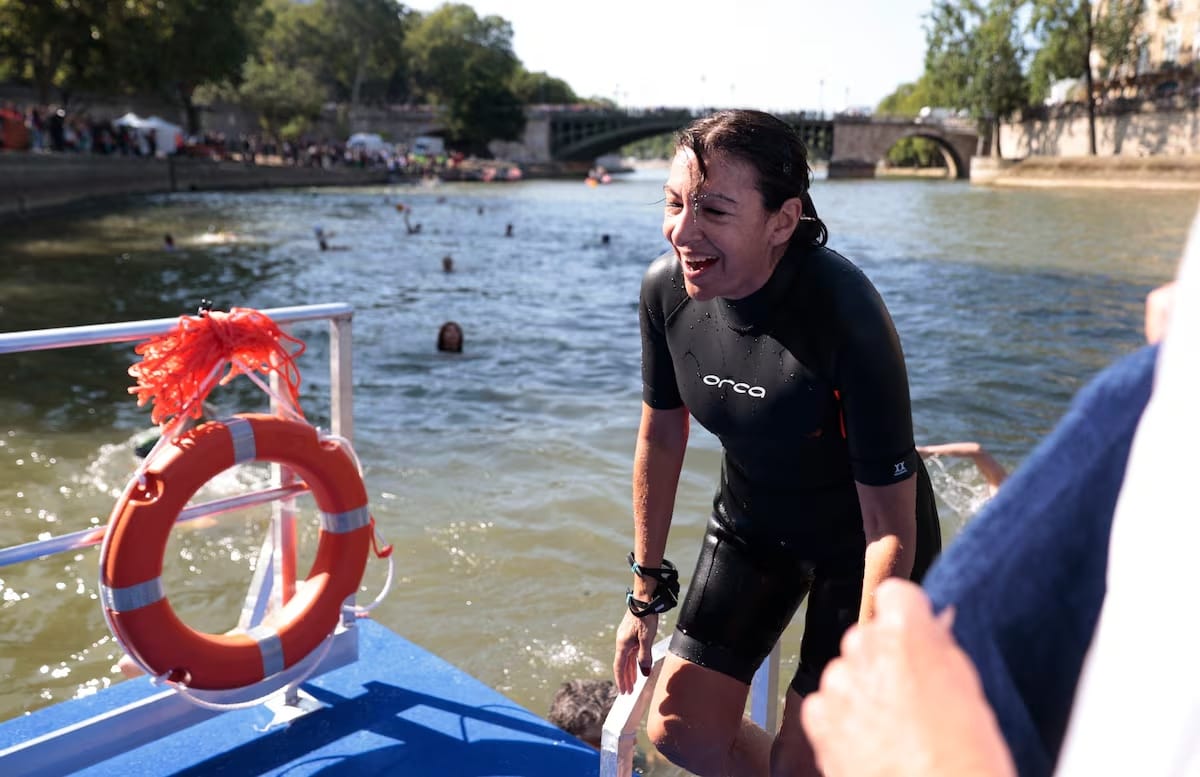

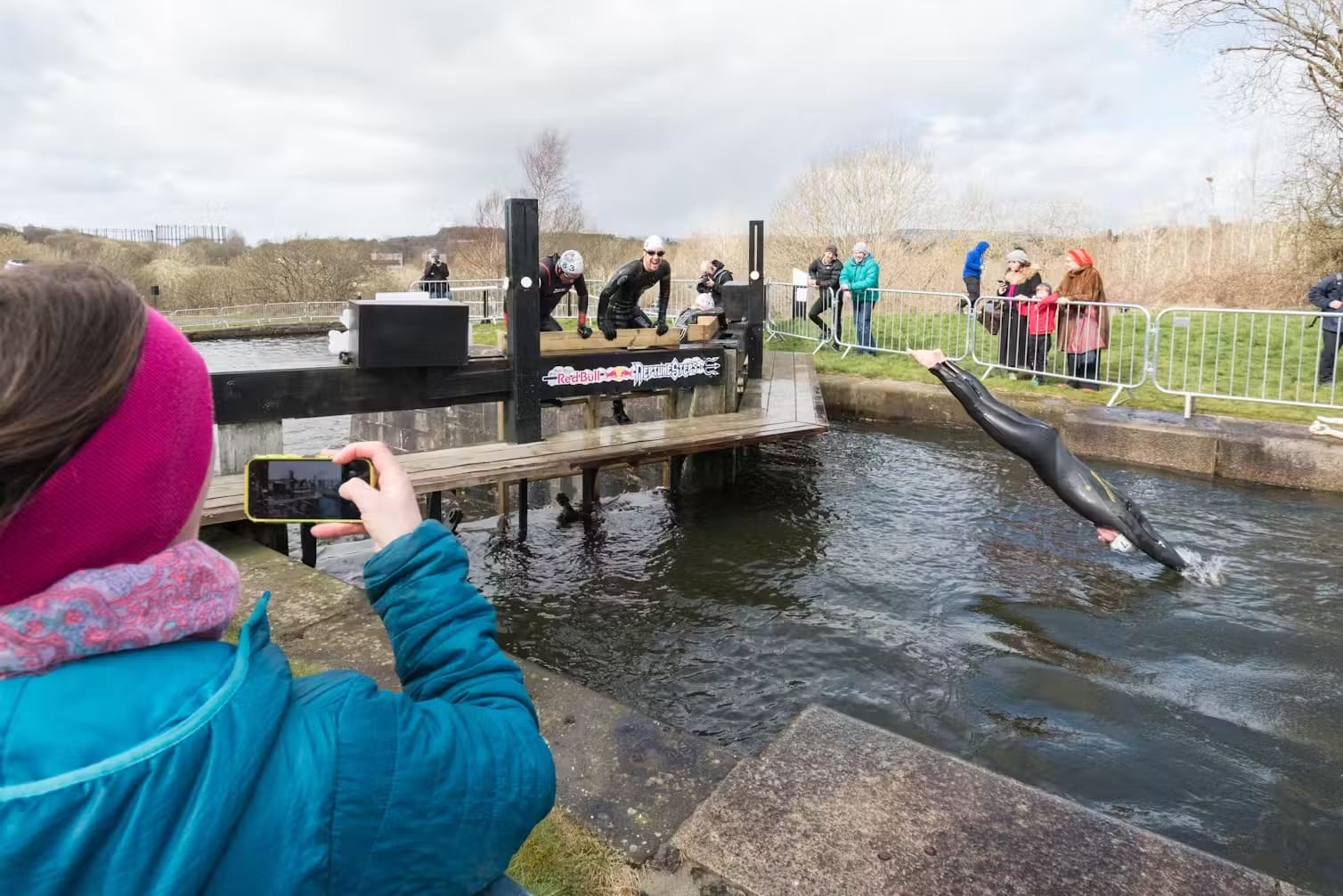
The mayor of Paris (left) took a dip. In 1988, President Jacques Chirac (middle) promised to swim in the river after cleaning it up. Needless to say, that never happened. Glasgow lock swimmers (right).
Why did the mayor of Paris, Anne Hidalgo, take a dip in the city's river? Some thought she was slightly in-Seine, but it was a bold move to reassure Olympic visitors that the river was clean enough for rowing events. It also brought the issue of cleaner rivers to the forefront of French minds. Articles like Swimming in the Seine again: A brief history of a French obsession are a good sign that the issue is grabbing mindshare. Did you know that swimming in the Seine has actually been banned since 1923 due to health risks from pollution? That sounds even more insane.
We saw the same kind of story recently from Glasgow: From the Clyde to the Seine, rediscovering Glasgow’s history of urban swimming could help shape the future of swimmable cities. What a nice phrase, huh? Swimmable cities. It reminded us of our own trip to Glasgow two years ago, where we filmed these very same locks - Maryhill Locks on the Forth and Clyde canal. 👇
Ah... Glasgow memories. Two summers ago, we were filming this with BBC StoryWorks.
I get misty the moment you're near
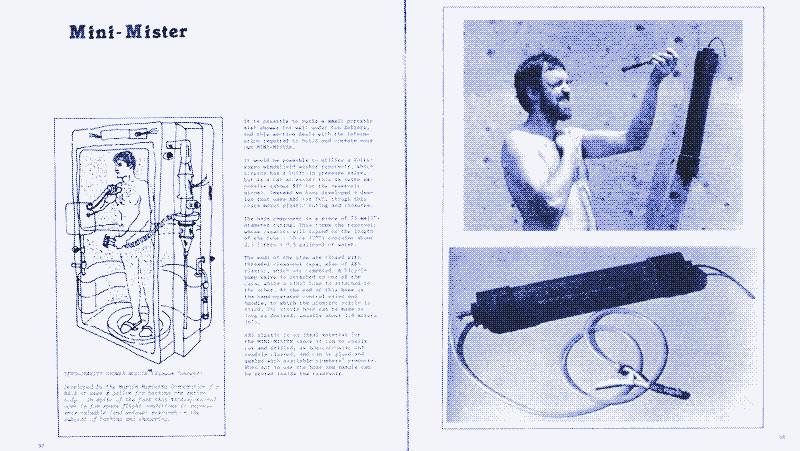
Why do we shower and how has it changed over time? For one thing, we use a heckuva lot more water and energy than we used to. What if you could create a shower that was significantly less wasteful – one that used a fine mist? Jonas Görgen from Eindhoven developed a kit that can turn almost any shower into a mist shower with very little effort: Mist Showers: Sustainable Decadence?
Grab bag of water whimsy
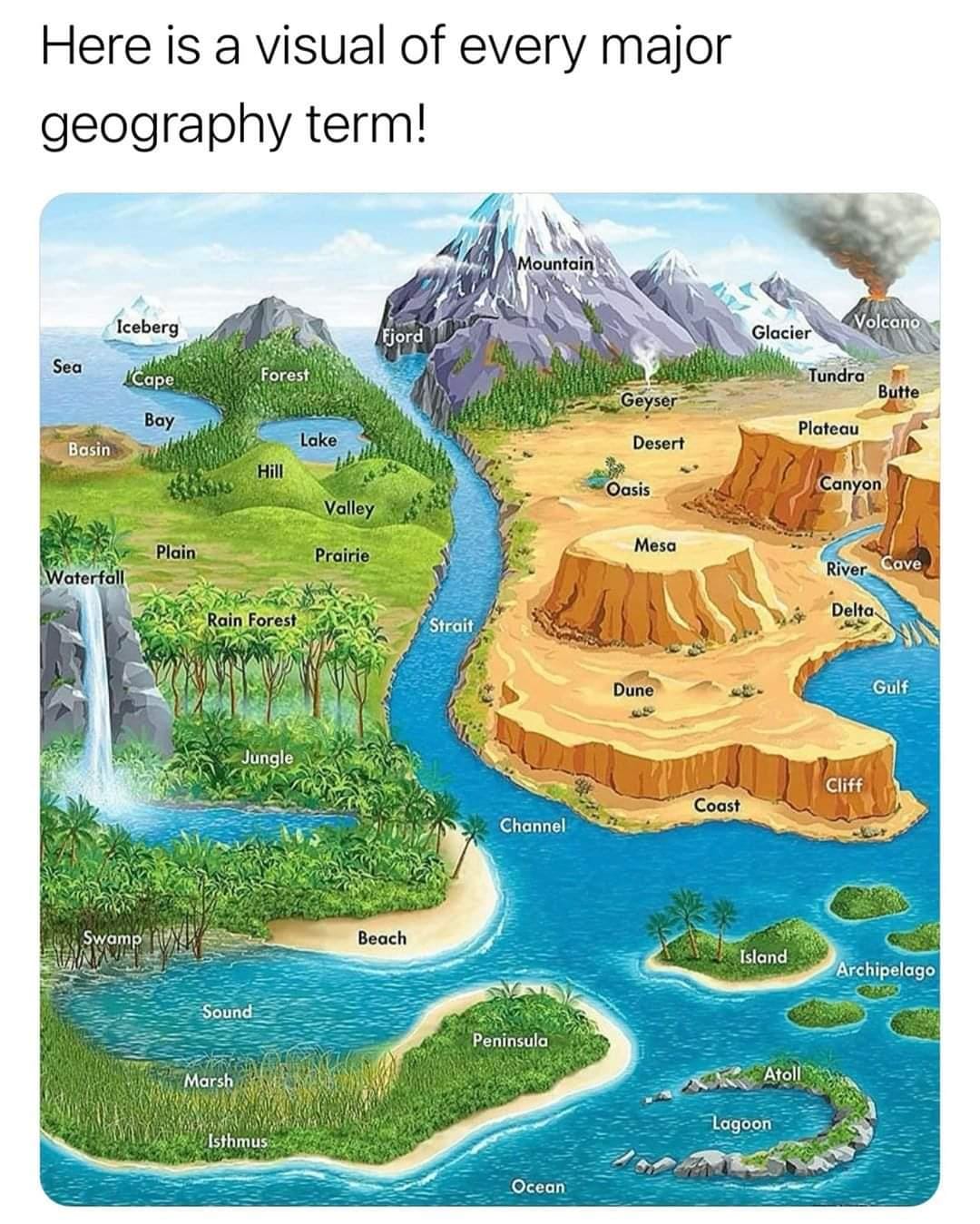
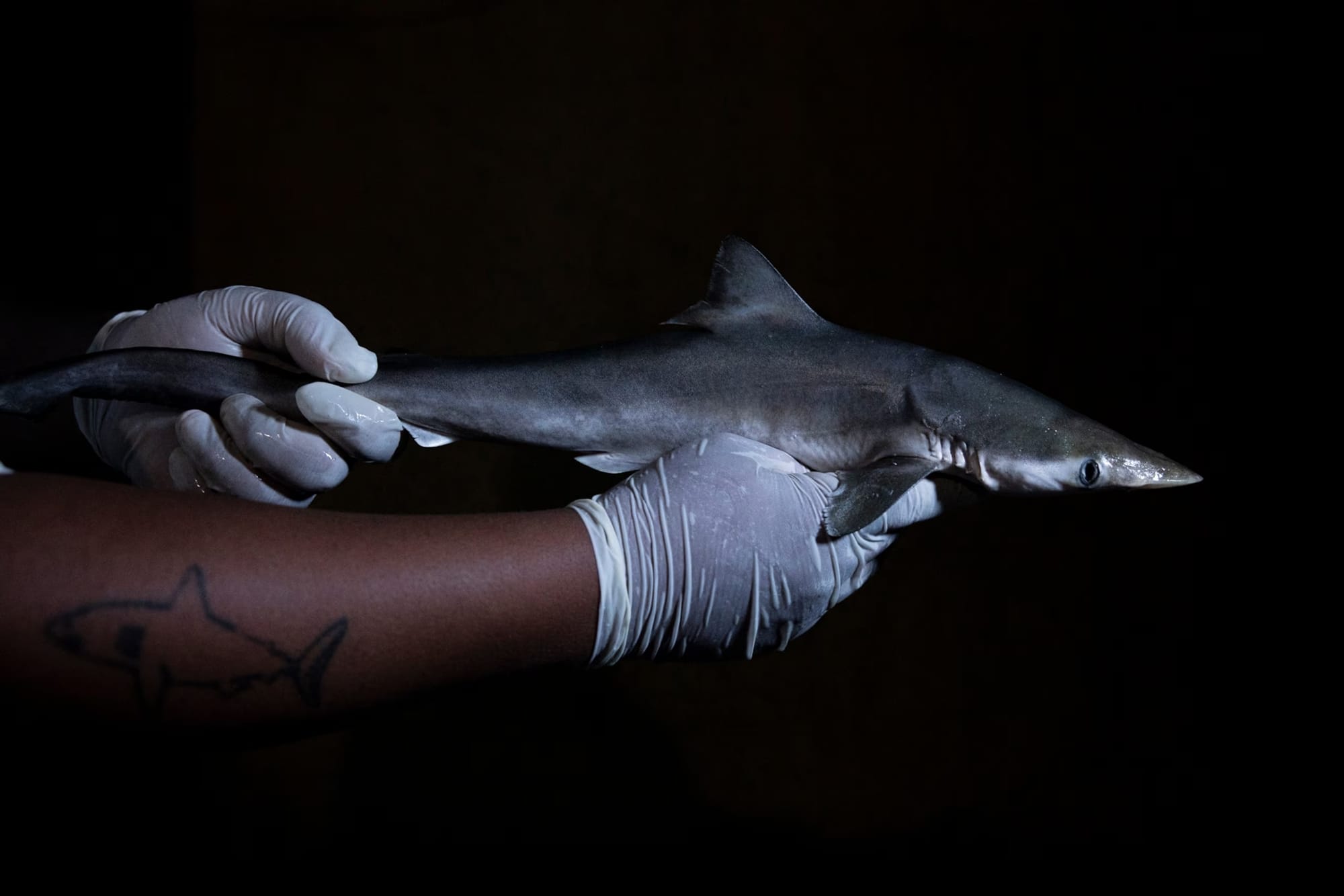
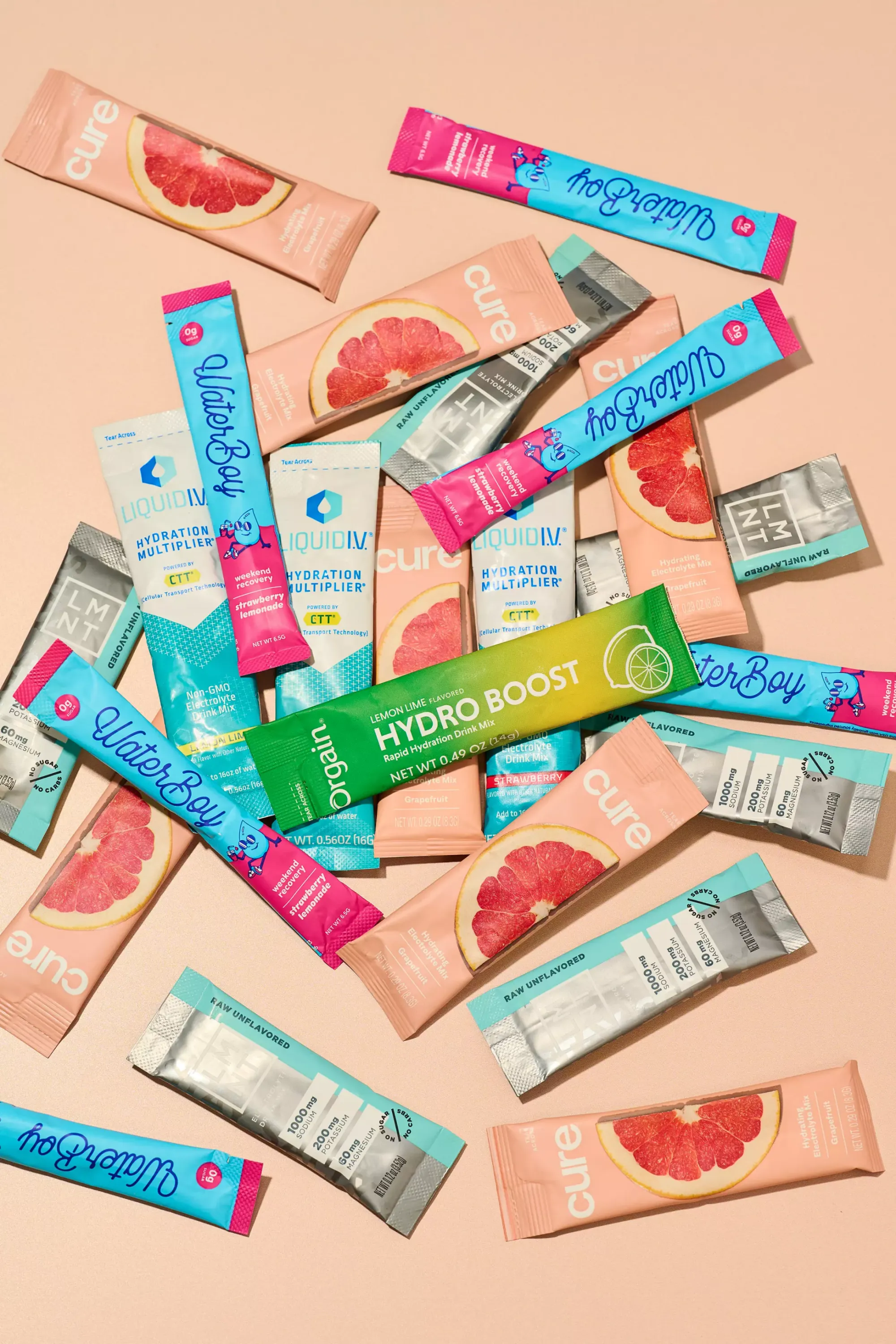

- Geography of water: Can't remember the difference between a channel and a sound? Here is a visual of every major geography term.
- Cocaine sharks: Sharks found with cocaine in their systems. How did that happen?
- Supplemental survey: Plain ol’ water is out. Hydration supplements are in. But do these top 8 brands really work?
- Hydropanel hype: Water from Air? Sunlight? SKY WTR's Formula Hits US Markets in September.
Harnessing underwater currents
It's heartening to keep uncovering new projects that are attempting to generate electricity on a smaller scale than big, nature-altering dams. What if you could use the ebb and flow of the tides to generate energy? SeaQurrent is creating an underground spinning aluminum kite that generates electricity as it moves: This Dutch island is about to receive energy generated from sea tides, here’s how.
Even when the sun isn't shining (which is most of the time where I live in the Netherlands) and the wind isn't blowing (rare), there is always an ebb and flow underwater.
Don't call it 'toilet-to-tap'
We love toilet-to-tap stories, but of course journalists rarely use that specific phrase unless they want to get a lot of clicks from horrified readers. We are, naturally, fans of recycling wastewater (and effluent!). It feels like an inevitability at this point, but getting the public past the ick factor is a very difficult messaging problem.
The CBC goes deep into the murky waters of this specific phrase that makes water engineers shudder in Flushing the 'ick' factor. We've read a lot of toilet-to-tap stories, and it's clear that a lot of research went into writing this longread, which has some nice interactive elements as well.
Calgary's water main break in June has led to a lot of talk about water in Canada. Via CBC.
Senator Mark Kelly, a former astronaut, may have just come up with another good way to frame it. In the article Phoenix officials applaud state's wastewater purification initiative, he says, "We’ve used these Advanced Water Purification techniques on the International Space Station for decades, and today’s proposal is an important step to bring this innovative technology to Arizona and make our water usage more self-reliant and sustainable.” (If it's good enough for astronauts, it's good enough for Joe Water Drinker.)
Lodge that phrase "Advanced Water Purification" (AWP) in your mind. It's going to be an important term for water professionals who want to lead a thirsty public to recycled/reclaimed/toilet-to-tap water.
From the One Water Blog
That's it for the links, but we have a ton of new content on the blog. We published a lot in the past few weeks! Here's what's new.
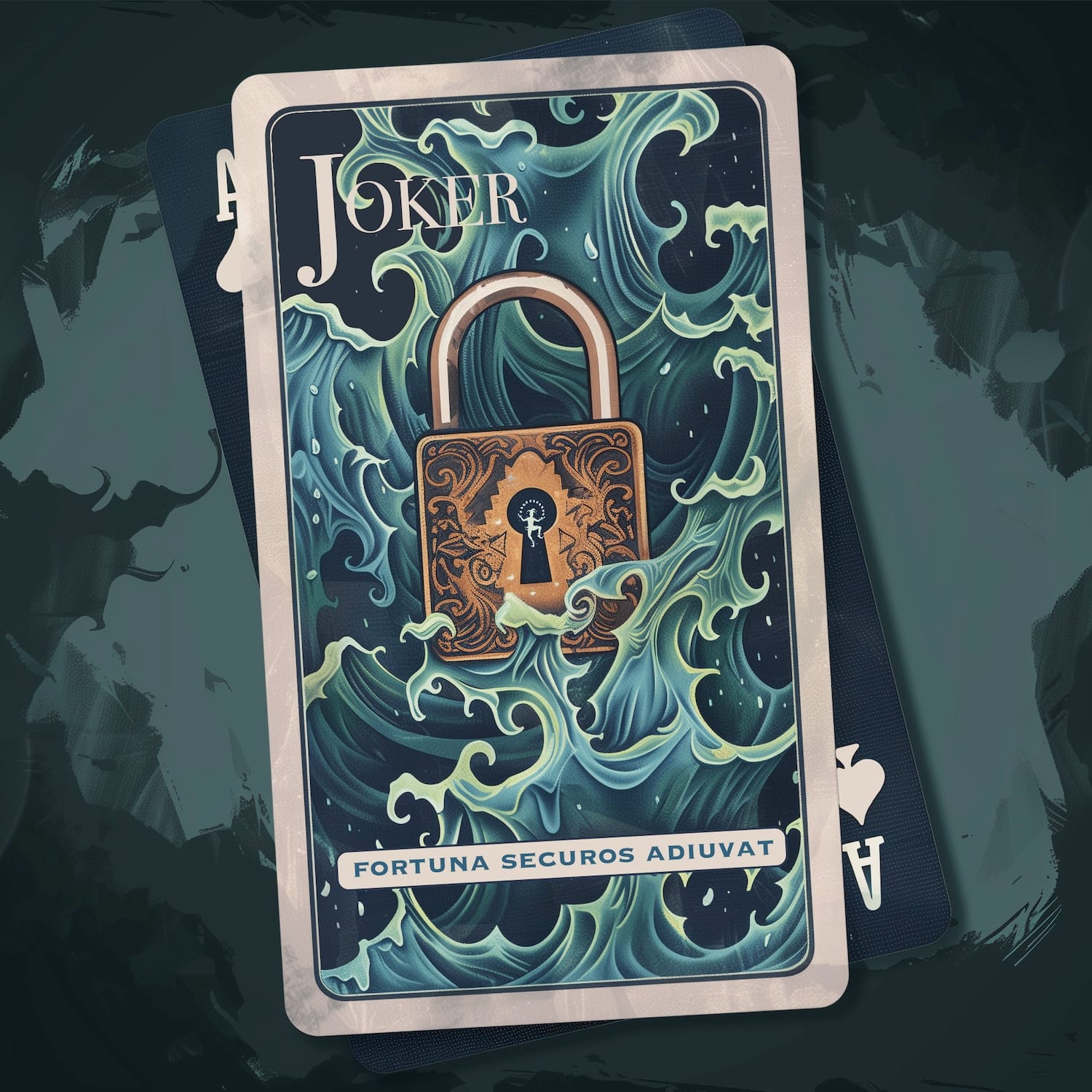
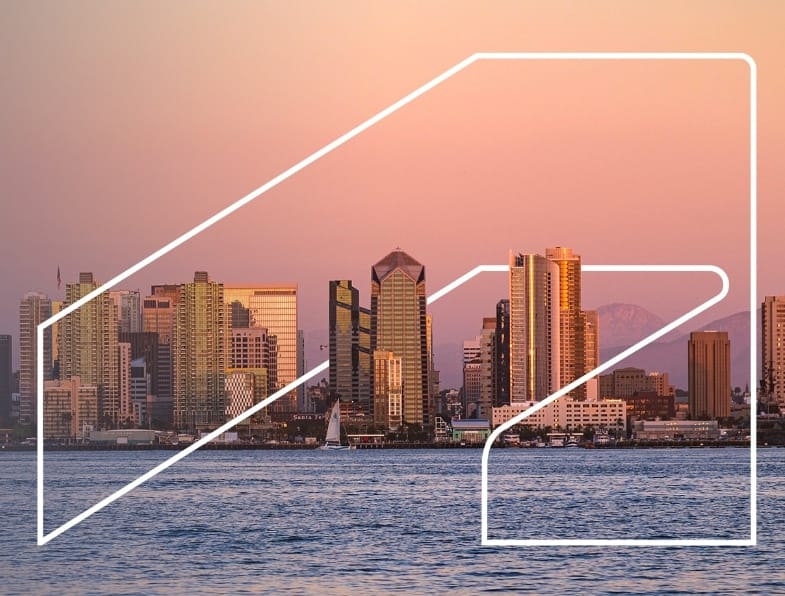
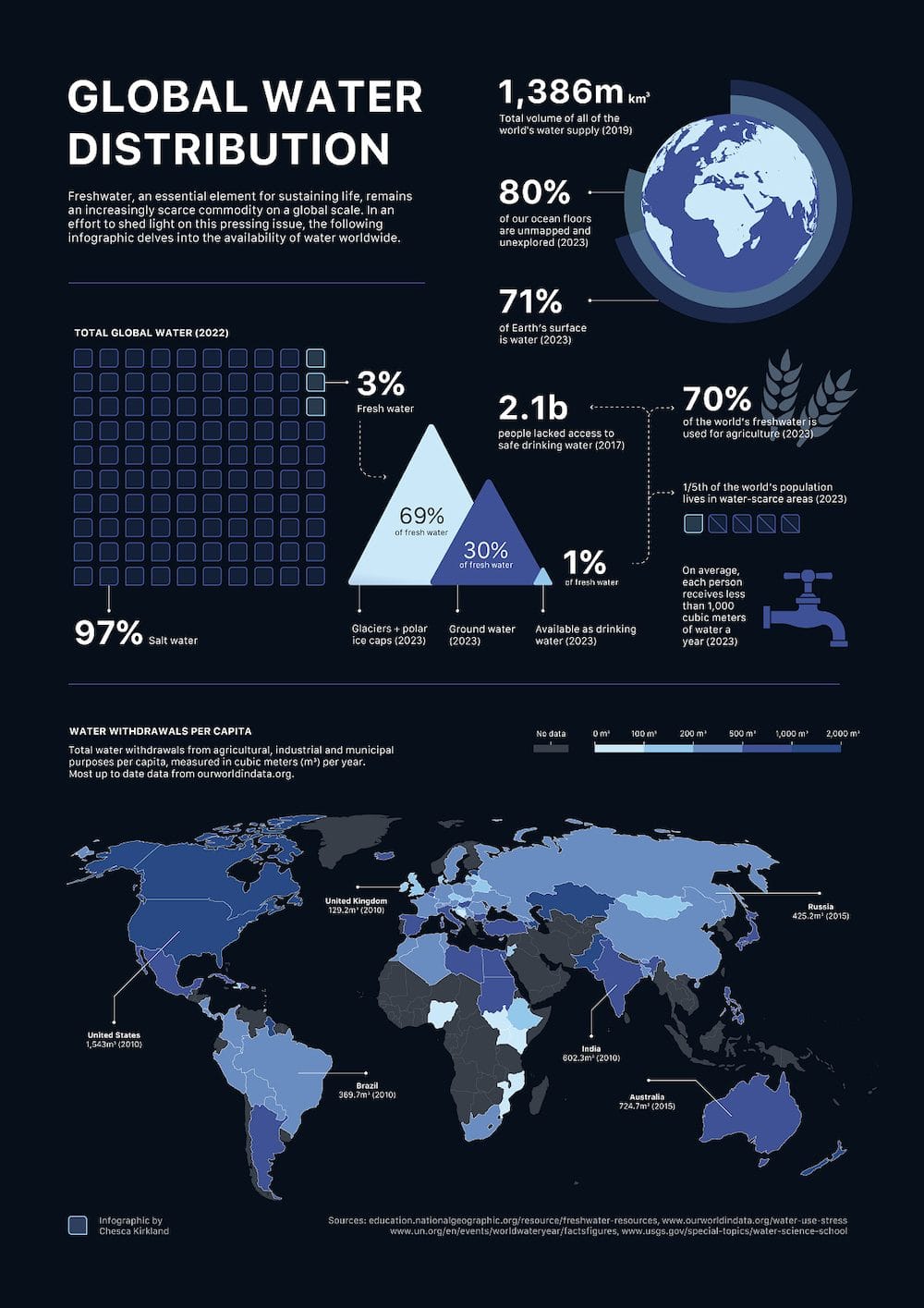
Fortune favors the secure in the game of cybersecurity. So how can water utilities best protect themselves from cybersecurity risk? Autodesk Chief Trust Officer Sebastian Goodwin wrote some great advice for water utility workers, which was published by Smart Water Magazine. They graciously allowed us to reprint the original on the One Water Blog: Cybersecurity for water utilities isn’t a game of (bad) luck. It’s a game of skill.
The Autodesk Design & Make Conference is heading to sunny San Diego in October, and Casey Chaisson has all the details, including what water events you should to add to your schedule: AU2024: your guide to all things water in San Diego this year. Will you be joining us?
Trevor English penned a piece that talks about the challenges hydraulic modeling can help solve in Water infrastructure software solutions: How Autodesk wants to build a better future. It also has a nice Global Water Distribution infographic.
We hope Trevor takes a vacation soon because he is probably all tuckered out from writing all of these articles, including yet another one that compares our hydraulic modeling products to choosing a pizza topping: Hydraulic simulations ‘any way you want it’: Your cloud and local hydraulic modeling simulation options.
Product updates: Can't stop, won't stop
- InfoWorks ICM: Trevor English and Samer Muhandes wrote about a New cloud tool and improved SWMM diagnostics in InfoWorks ICM 2025.2.
- InfoDrainage: They also wrote about FHWA Culvert Analysis and enhanced flexible reporting in InfoDrainage 2025.2.
- InfoWater Pro: Nathan Gerdts and Trevor English wrote about the new Asset Performance Reporting feature in New Fire Flow Analysis and water quality improvements in InfoWater Pro 2025.1.
Help us beat the drum for our free software
Last time around in the newsletter, we told you about our big announcement: Autodesk Water Infrastructure products now available to students and educators around the globe – for free. We made some fun promotional posters to help get the word out on social media. 👇 You could share one if you wanted. Just sayin'.

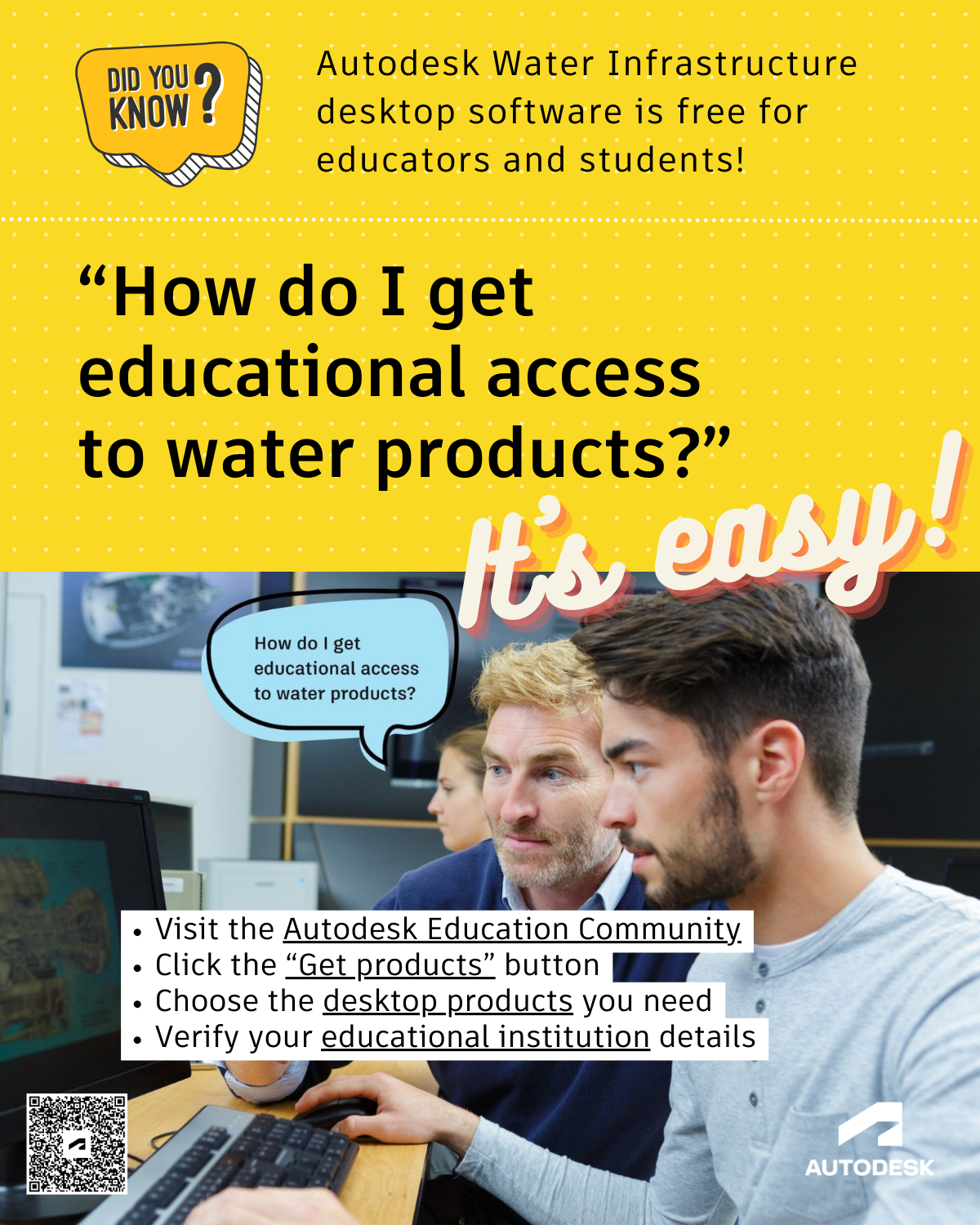


We did a fun take on stock photo art to get the word out about our free software offerings.
Next time around, we'll have another very special announcement for you about one of our products. Until then...
Doing our best to make every link matter.
